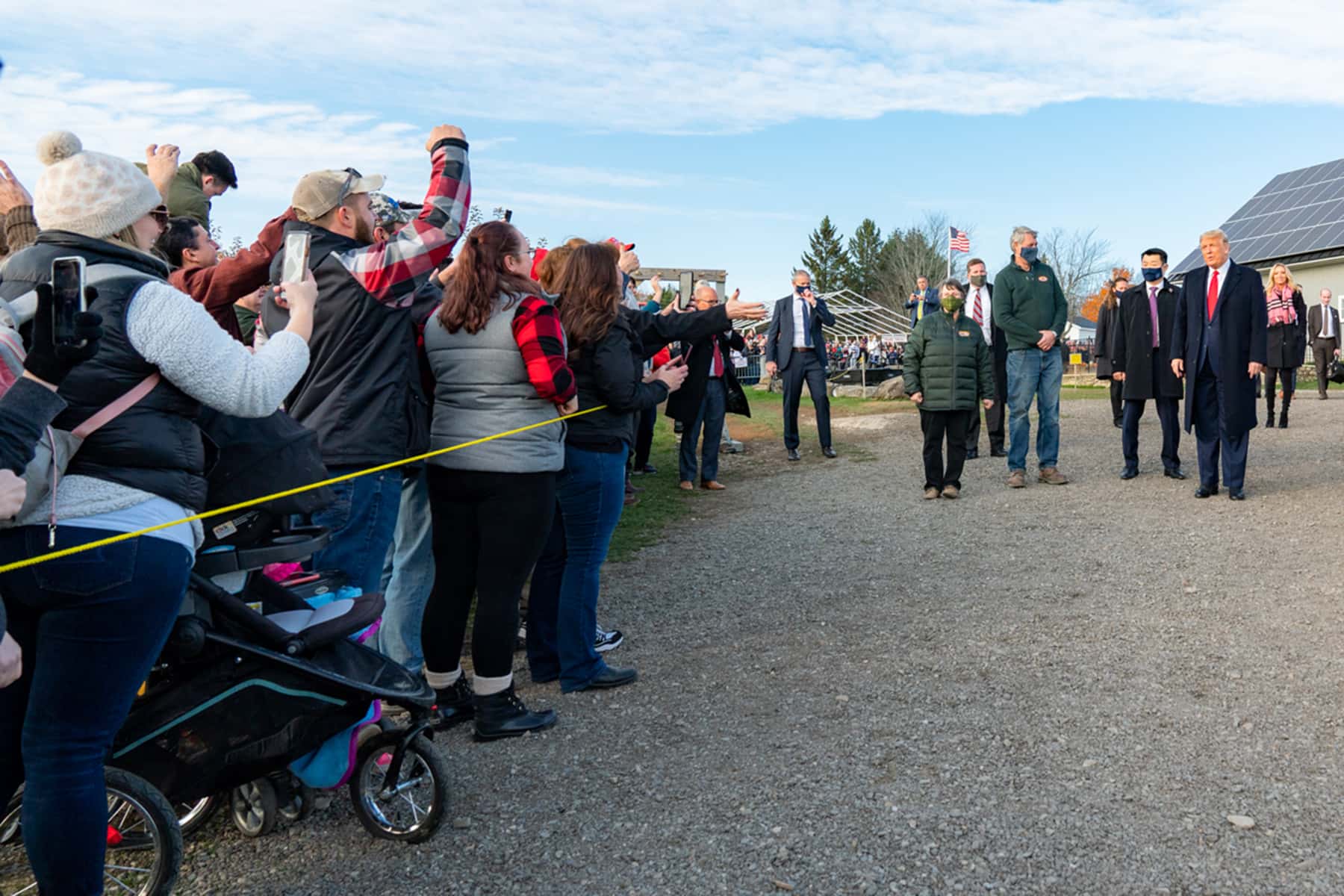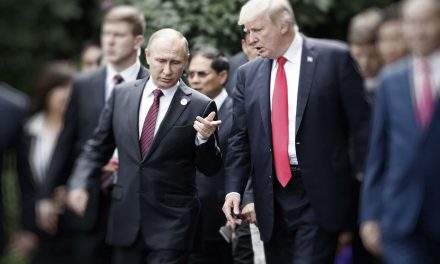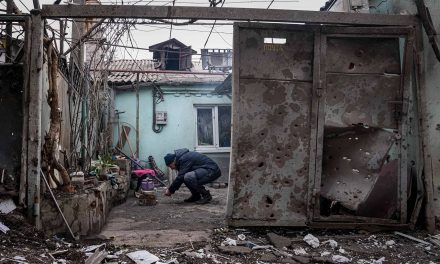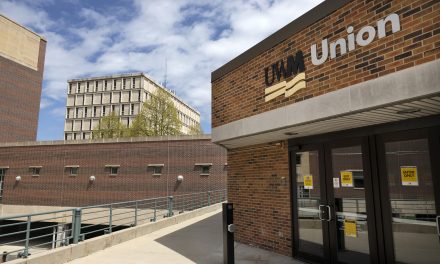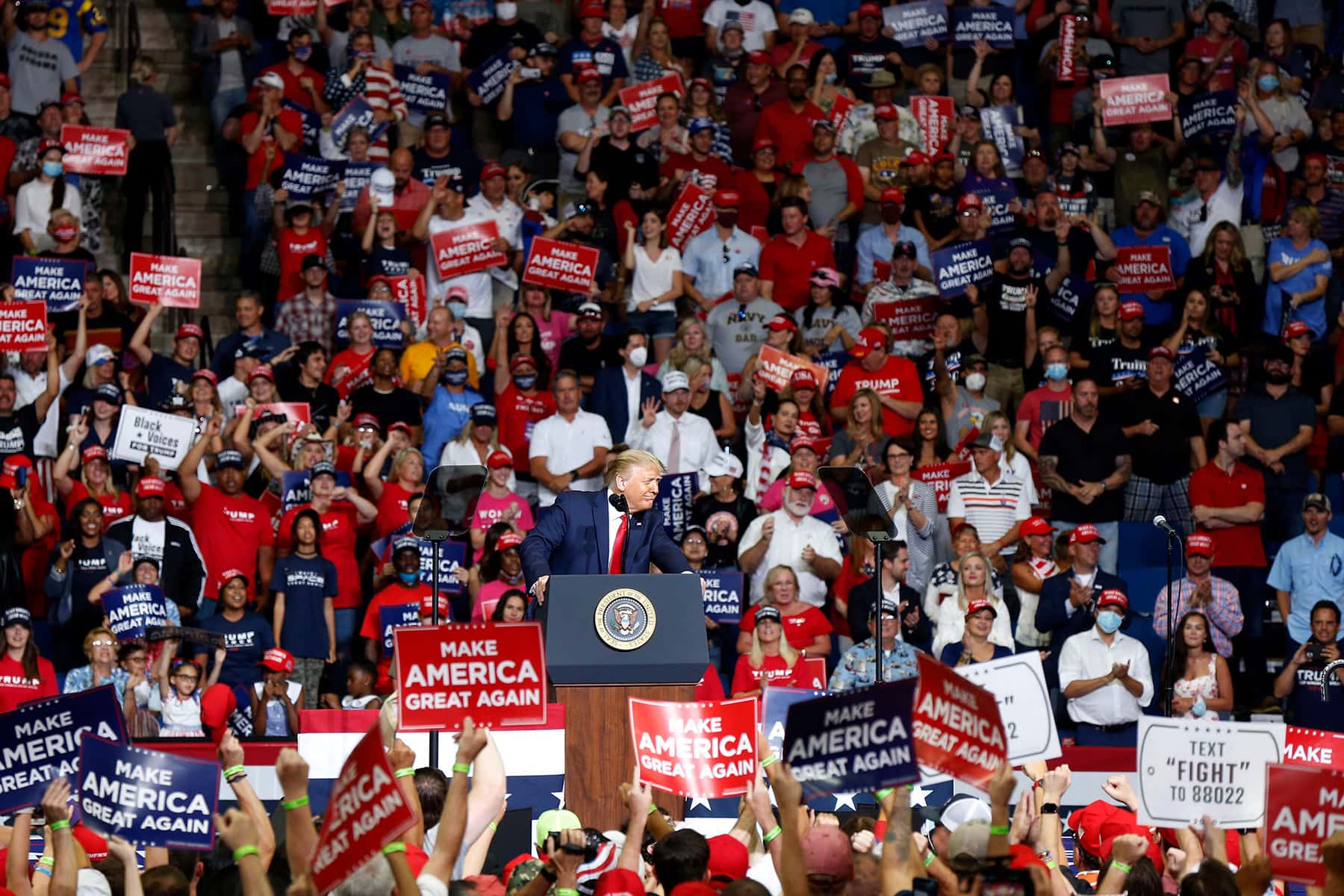
As the U.S. coronavirus caseload surpassed nine million on October 30, Stanford University economists published a study that connected 18 of President Donald Trump’s reelection rallies from June 20 to September 30 with more than 30,000 COVID-19 infections and over 700 deaths.
The tallies do not include the month of October, when cases nationwide surged. The new study, The Effects of Large Group Meetings on the Spread of COVID-19: The Case of Trump Rallies, comes after an analysis published on October 27 by the think tank Center for American Progress found that half of the 22 campaign rallies Trump held between June and September were followed by county-level increases in COVID-19 infections
“Our analysis strongly supports the warnings and recommendations of public health officials concerning the risk of COVID-19 transmission at large group gatherings, particularly when the degree of compliance with guidelines concerning the use of masks and social distancing is low,” wrote Stanford’s B. Douglas Bernheim, Nina Buchmann, Zach Freitas-Groff, and Sebastián Otero. “The communities in which Trump rallies took place paid a high price in terms of disease and death.”
Attendees of the president’s more recent reelection events have also been taken to the hospital with possible hypothermia and required medical attention for heat-related illnesses.
With Election Day around the corner, the United States saw a record number of new daily COVID-19 cases on October 30 with a total of 99,321, according to Johns Hopkins University’s global tracker. Meanwhile, both Trump and Vice President Mike Pence were on the campaign trail. The president held rallies in Michigan, Wisconsin, and Minnesota while Pence held two events in Arizona.
“Trump rallies have several distinguishing features that lend themselves to this inquiry, including that they involved large numbers of attendees. Though data on attendance is poor, it appears that the number of attendees was generally in the thousands and sometimes in the tens of thousands. Because the available information about the incidence of COVID-19 is at the county level, the effects of smaller meetings would be more difficult to detect using our methods.”
“The set of major Trump campaign events is easily identified. We know whether and when the Trump campaign held a rally in each county. This property allows us to distinguish between ‘treated’ and ‘untreated’ counties. The events occurred on identifiable days. They neither recurred within a given county nor stretched across several days. This feature allows us to evaluate the effects of individual gatherings.”
“Rallies were not geographically ubiquitous. As a result, we always have a rich set of untreated counties we can use as comparators. At least through September 2020, the degree of compliance with guidelines concerning the use of masks and social distancing was low, in part because the Trump campaign downplayed the risk of infection. This feature heightens the risk that a rally could become a ‘superspreader event.'”
Democratic presidential nominee Joe Biden’s campaign seized on the study as evidence that Trump has not taken the pandemic seriously. As Biden spokesperson Andrew Bates put it: “He’s even costing hundreds of lives and sparking thousands of cases with superspreader rallies that only serve his own ego.”
Campaigning for Biden in Michigan — where Trump narrowly beat 2016 Democratic presidential nominee Hillary Clinton — former President Barack Obama mentioned the Stanford study on Saturday and charged that if Trump was “focused on COVID from the beginning, cases wouldn’t be reaching new record highs across the country.”
Although Election Day is November 3, the pandemic — and perhaps other concerns about access to the ballot box — has led to a historic national turnout for early mail-in and in-person voting. By October 31, 90.5 million Americans had already cast ballots, according to Michael McDonald, a political science professor at the University of Florida who runs the U.S. Elections Project. Experts project total voter participation could exceed 150 million this year for the first time ever.
On the same day, the United States had more than 9.1 million COVID-19 cases and over 230,000 people had died, according to Johns Hopkins University. Despite the national death toll and months of criticism, Trump said during a town hall just days before that there is “not much” he would do differently in terms of how his administration has handled the pandemic.
Shеаlаh Crаіghеаd / White House

